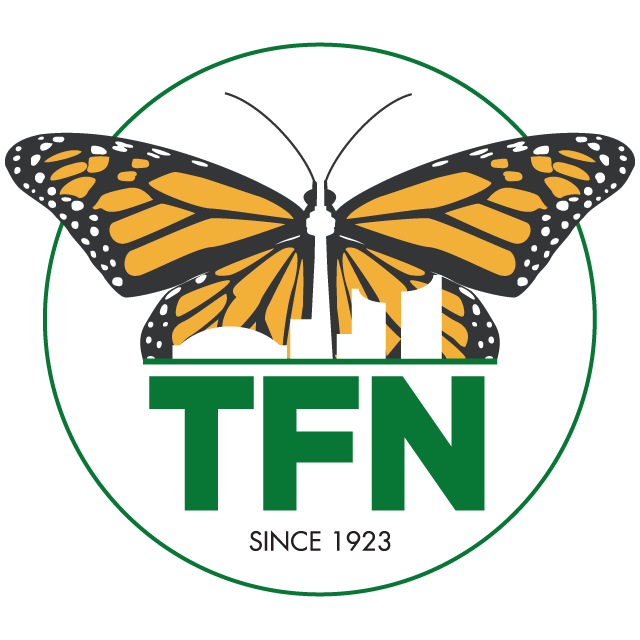Thanks to everyone who braved swirling snow, and a choppy ferry crossing to join us, yesterday, for a wonderful winter nature adventure at Ward’s Island. A special thanks to Jenny and Bob, island residents and excellent botanist and birder, who guided our hike.
Our arctic-nesting and over-wintering ducks were staying close to shore to take advantage of sheltered coves. We had good sightings of long-tailed ducks, scaup, redheads, mallard, buffleheads, goldeneye, plus common & American mergansers. At the very end we sighted a few white-winged scoter.
The water along the gap was lapping at the breakwater, which Bob said might be a sign the islands should expect more flooding this spring. Jenny showed us some of the amazing patches of native grasses flourishing in the Environmentally Significant Area — switchgrass, Canada wild rye and big bluestem. Wetland species like cattails have sprung up since the floods, and the European birch is dying off from getting its feet wet. We looked at the native pine cone & willow galls, and noted that one of the effects of the gallmaker is to stunt the growth of the stem so that the leaves are packed together and look like a pine cone!! We saw lots of native grape hanging from the trees and covered with wild grapes. This is wonderful food for native songbirds like cedar waxwing. Bob pointed out the giant crack willows, whose bark is a great source of bugs for creepers and nuthatches.
We had fun at beautiful St. Andrew by-the-Lake, getting warmed up, eating our picnic lunch and sipping hot chocolate. A few people worked on duck puzzles, and we presented our two duck dramas — dialogues between Mrs. Buff (bufflehead) and Goldie (Mr. Goldeneye); and Patch (goldeneye) and Tux (long-tailed duck). (Patch was a goldeneye with round spots on his cheeks, not another female bufflehead).
On the return trip, Jenny showed us where beaver were building a lodge and had chopped down lots of alder bushes. They had also stashed piles of red-osier dogwood for snacks for the winter, or granola bars, as Jenny called them. They had also cut down the jack pine planted by the City in honor of Jack Layton — show some respect, guys!

